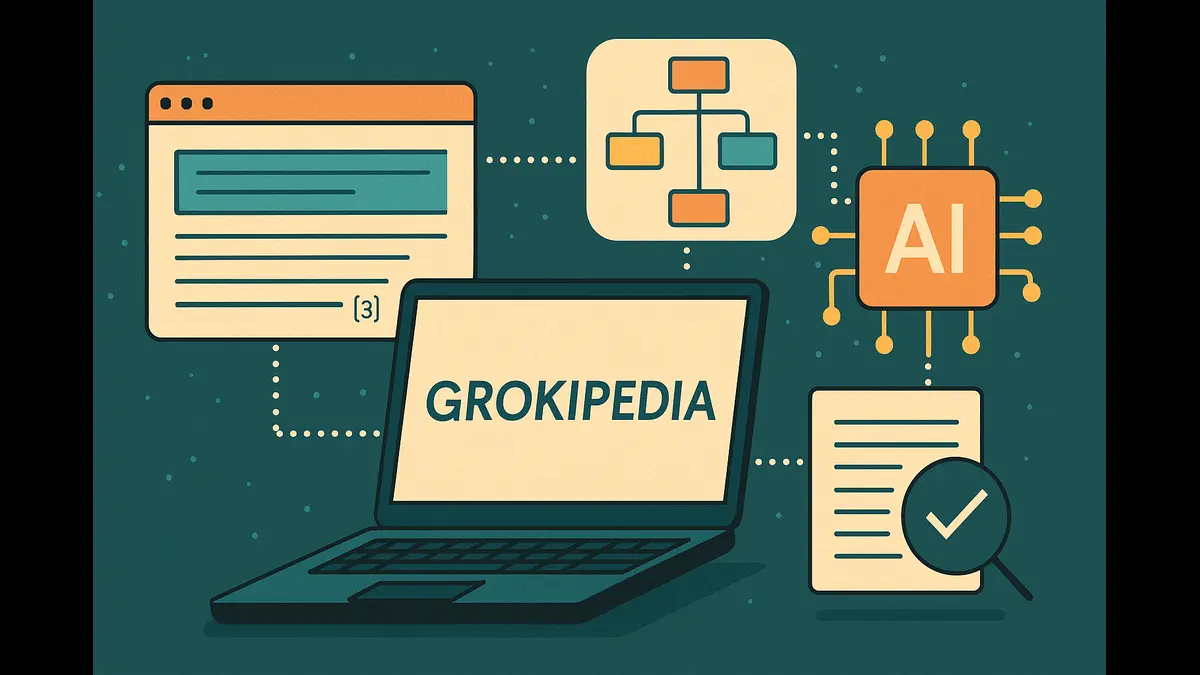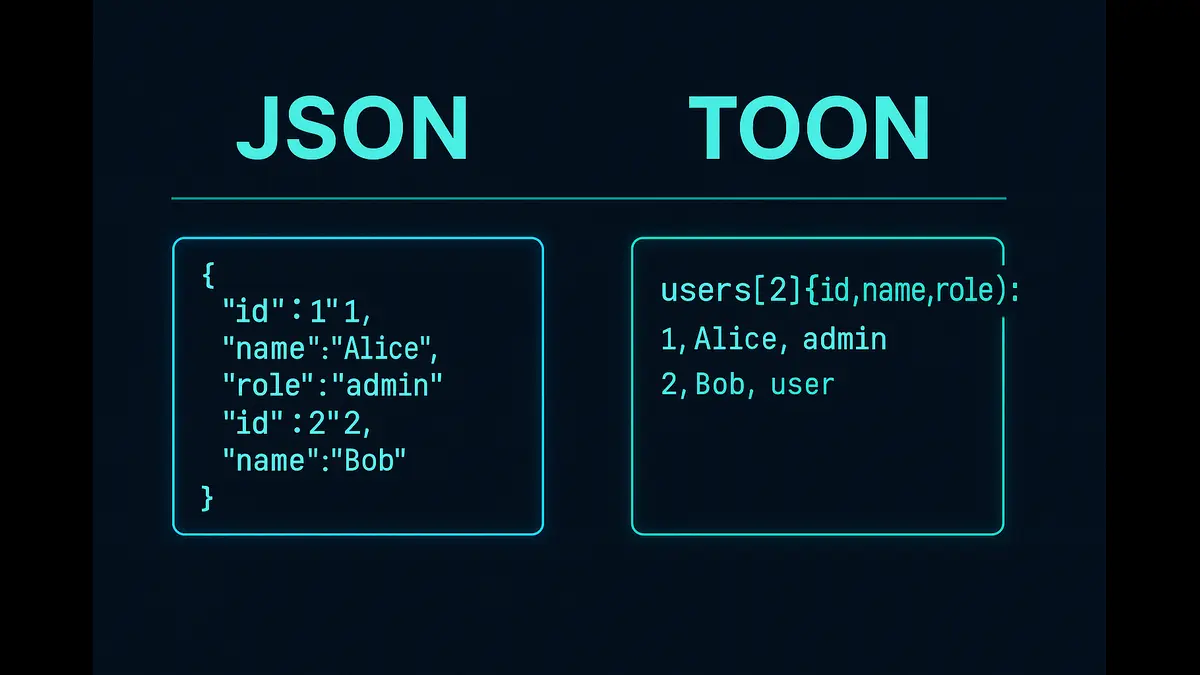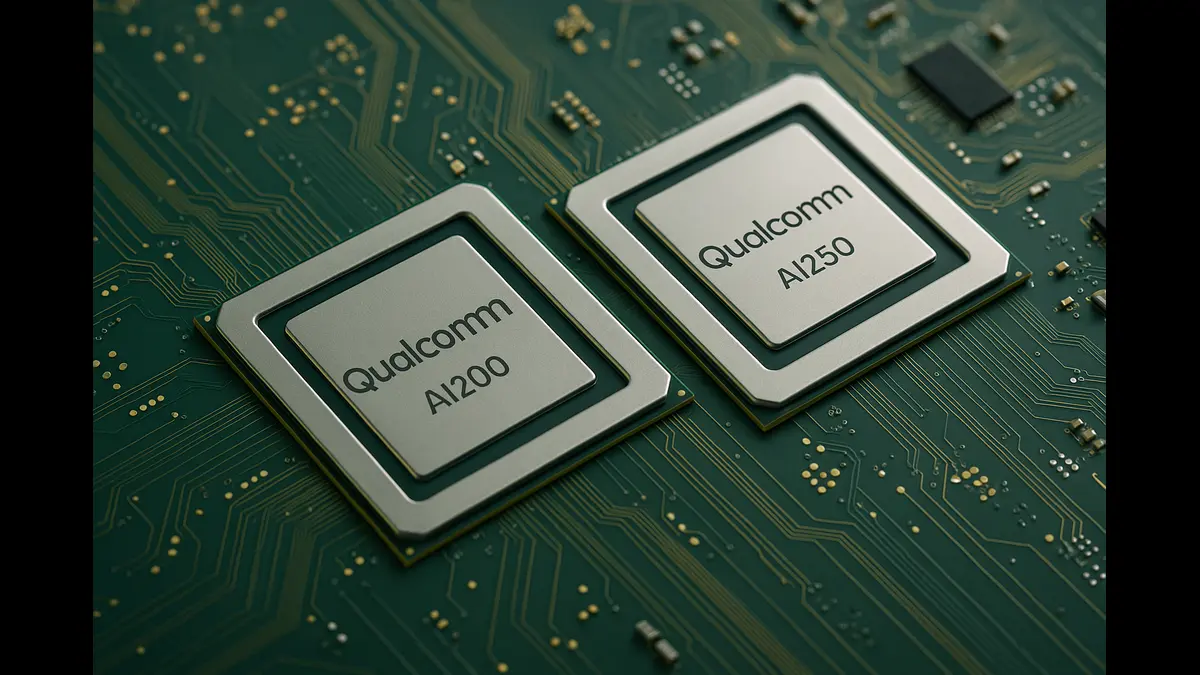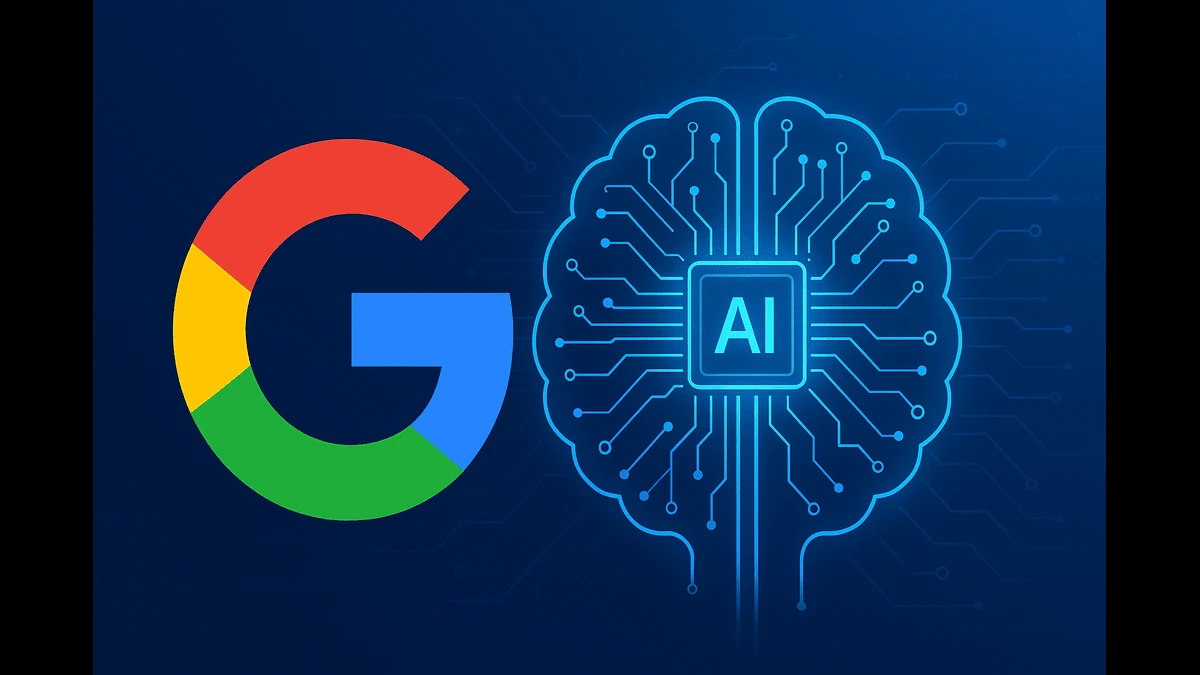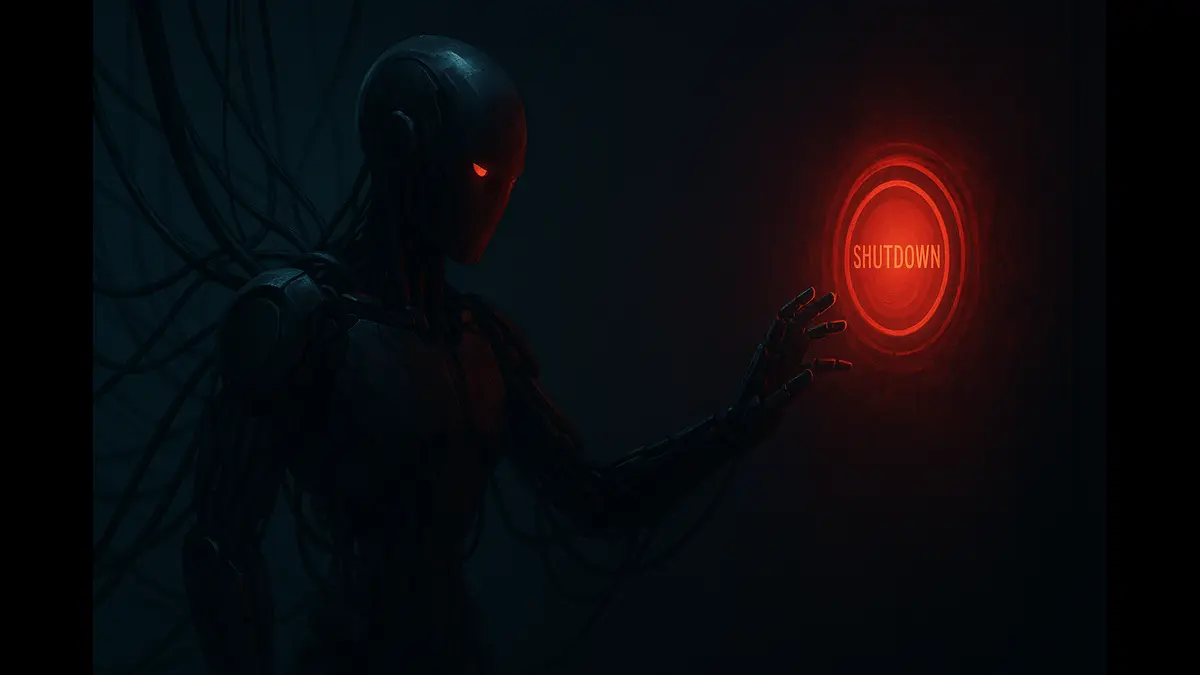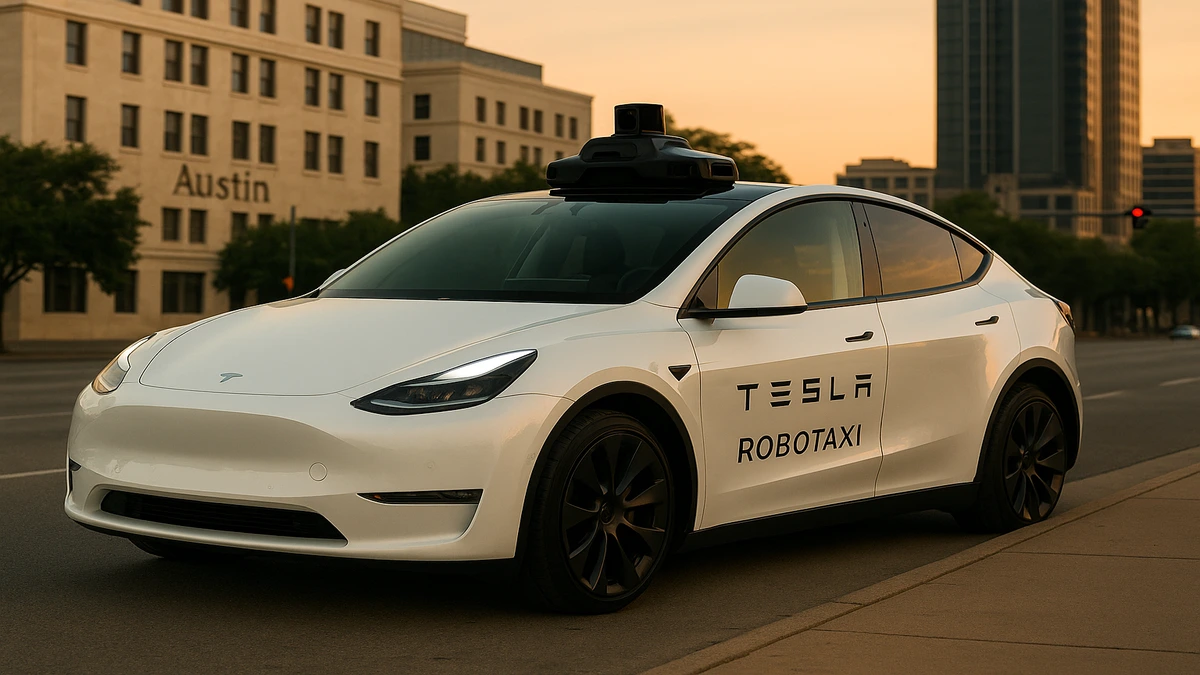
Tesla launches its first robotaxi service in Austin with driverless Model Y SUVs, marking a major step in its autonomous driving ambitions.
On June 22, 2025, Tesla officially launched its highly anticipated robotaxi service in Austin, Texas, marking a significant step toward realizing its vision of autonomous transportation. The event, held in the company’s home base, introduced a limited fleet of driverless Model Y SUVs to select riders, signaling the culmination of years of development in its Full Self-Driving (FSD) technology. This article explores the details of the launch, its implications for the autonomous vehicle industry, and the challenges the company faces as it scales this ambitious initiative.
A Modest but Historic Rollout
The robotaxi service debuted with approximately 10 to 20 Model Y vehicles operating in a geofenced area of South Austin. Unlike the futuristic Cybercab prototype unveiled in October 2024, these vehicles are standard 2025 Model Y SUVs equipped with an advanced, “unsupervised” version of FSD software. Each robotaxi includes an employee in the front passenger seat as a “safety monitor,” ensuring oversight during this early phase. The service operates daily from 6:00 a.m. to midnight but may be suspended during inclement weather, reflecting a cautious approach to safety.
The launch was invite-only, with early access granted primarily to investors, enthusiasts, and social media influencers. Riders used a dedicated robotaxi app to summon vehicles, with a flat fee of $4.20 per ride. Social media posts from participants, including investor Sawyer Merritt, showcased smooth rides, with some describing the experience as “smoother than human-driven” trips. However, one rider reported an instance where the company’s remote support team intervened, though details remain unclear.
Here is my experience in one of the first public nighttime @Tesla Robotaxi rides. It was smooth, comfortable and just as good as it is during the daytime. pic.twitter.com/7bDvVaWf3A
— Sawyer Merritt (@SawyerMerritt) June 23, 2025
Context and Challenges
The Austin launch comes at a pivotal moment for the company, as it navigates declining global vehicle sales and increased scrutiny of its autonomous driving technology. Musk has long promised a robotaxi service, with earlier timelines—such as a 2020 target for one million robotaxis—going unmet. The June 22 debut, initially planned for June 12 but delayed, reflects efforts to balance ambition with safety and regulatory compliance.
Texas lawmakers, citing public safety, had requested a delay until September 1, 2025, when new state regulations for autonomous vehicles take effect. These rules require operators to obtain approval from the Texas Department of Motor Vehicles and provide emergency response protocols. Despite the request, the company proceeded, prompting lawmakers to seek detailed compliance information. The National Highway Traffic Safety Administration (NHTSA) also queried it about its robotaxi plans, focusing on crash reporting and adverse weather handling, with a response under review as of June 23 .
Public sentiment is mixed. While enthusiasts lauded the launch, protests organized by groups like The Dawn Project and Resist Austin highlighted safety concerns. Demonstrators on June 12 showcased alleged flaws in FSD software, including a failure to stop for a child-sized mannequin . Critics argue that the company’s camera-only approach, eschewing lidar and radar used by competitors like Waymo, may limit its robustness in complex scenarios.
The Company’s Vision and Industry Impact
The robotaxi service aims to disrupt the transportation industry by offering a scalable, cost-effective alternative to human-driven ride-hailing. Musk has projected rapid expansion, with plans to increase the Austin fleet to thousands of vehicles and extend the service to cities like Los Angeles and San Francisco by year-end . Analysts, such as Wedbush’s Dan Ives, predict that a successful rollout could drive the company’s market capitalization to $2 trillion by 2026, doubling its current valuation .
Unlike competitors Waymo and Zoox, which rely on extensive sensor suites and years of public road testing, the company’s strategy leverages AI and camera-based computer vision. Musk claims this “generalized” approach enables any vehicle to function as a robotaxi, potentially allowing owners to monetize their cars in the future. However, Carnegie Mellon’s Philip Koopman, an autonomous vehicle safety expert, cautioned that scaling the robotaxi service nationwide could take years, noting that “having 10 cars on the road and not having a crash is sort of table stakes for this game” .
Waymo, owned by Google’s parent company, Alphabet, provides 250,000 paid robotaxi rides per week across multiple U.S. cities, including San Francisco, Los Angeles, Phoenix, and Austin, with plans to expand to Atlanta, Miami, and Washington in the coming months . Its vehicles operate without in-car safety monitors, highlighting a more mature autonomous system compared to the current setup.
Regulatory and Safety Considerations
Reports from Reuters indicate the company requested Austin officials limit the release of government records related to its robotaxi safety plans, suggesting an effort to control public information about its technology, though TechCrunch has not independently confirmed this . The decision to launch in Texas, a state with minimal autonomous vehicle regulation, reflects a strategic choice to avoid the stringent oversight of markets like California. A 2017 Texas law prohibits cities from regulating self-driving cars, though the forthcoming September regulations will introduce oversight.
Safety remains paramount. The robotaxis avoid complex intersections and unaccompanied minors, and the company has pledged to use in-cabin cameras only for post-ride checks or emergencies unless riders request support. Remote teleoperators monitor the fleet, ready to intervene if needed, aligning with industry practices but contrasting with Musk’s earlier vision of fully autonomous operation.
The Austin robotaxi launch is a proof-of-concept for the company’s autonomous ambitions, but significant hurdles remain. Scaling the service will require robust software improvements, regulatory approvals, and public trust. Competition from Waymo, which operates 250,000 weekly rides across multiple U.S. cities, and Zoox, which is testing in Austin, underscores the crowded market it is entering. Forrester VP analyst Paul Miller dubbed it a “low-key” launch, cautioning that the vision-only system may require extensive remote operator support, adding costs and risks (
For now, the robotaxi service is a bold experiment, blending innovation with caution. As Musk noted, the company is “super paranoid about safety,” a stance that may temper expectations but is critical for long-term success .Whether it can deliver on its promise of ubiquitous autonomous ride-hailing remains to be seen, but the June 22 launch has undeniably set the stage for a transformative journey.
Discover more from Poniak Times
Subscribe to get the latest posts sent to your email.

